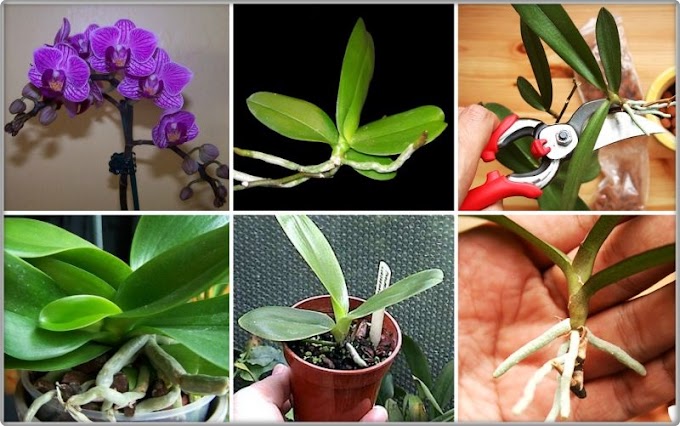Aloe plicatilis is a much-branched shrub or small tree, up to 16 feet (5 m) tall, with grey stems forked with clusters of strap-shaped leaves arranged in 2 opposite rows.
The grey-green, succulent, oblong, tongue-shaped leaves are about 11.8 inches (30 cm) long and 1.6 inch (4 cm) wide. The racemes are cylindrical and are always single in each leaf cluster. The flowers are tubular, scarlet in color and each about 2 inches (5 cm) long.
Scientific Name
Aloe plicatilis (L.) Mill
Common Names
Fan Aloe, Bergaalwyn (Afrikaans), Franshoekaalwyn (Afrikaans), Tongaalwyn (Afrikaans)
Synonyms
Aloe disticha var. plicatilis (basionym), Aloe flabelliformis, Aloe lingua, Aloe linguiformis, Aloe tripetala, Kumara disticha, Rhipidodendrum distichum, Rhipidodendrum plicatile
Scientific Classification
Family: Xanthorrhoeaceae
Subfamily: Asphodeloideae
Genus: Aloe
Subfamily: Asphodeloideae
Genus: Aloe
Hardiness
USDA hardiness zone 9b to 11b: from 25 °F (−3.9 °C) to 50 °F (+10 °C).
How to Grow and Care
Aloe is a very forgiving plant, and a well-grown plant can be quite beautiful. As with all succulents, it’s essential that Aloe is never allowed to sit in stagnant water, and the plant should be carefully monitored to watch for signs of overwatering.
Aloe are not particularly fast-growing and will only rarely need repotting. Repot plants in the spring that are tipping over their pots or have ceased growing.
Use a fast-draining potting mix with one-third sand or pebbles. During repotting of a larger plant, it is possible to carefully divide the root ball. Some kinds of aloe will send off off-sets that can be potted independently.
Feed with a cactus fertilizer in the summer only. Suspend feeding in the winter as the plant goes dormant.




